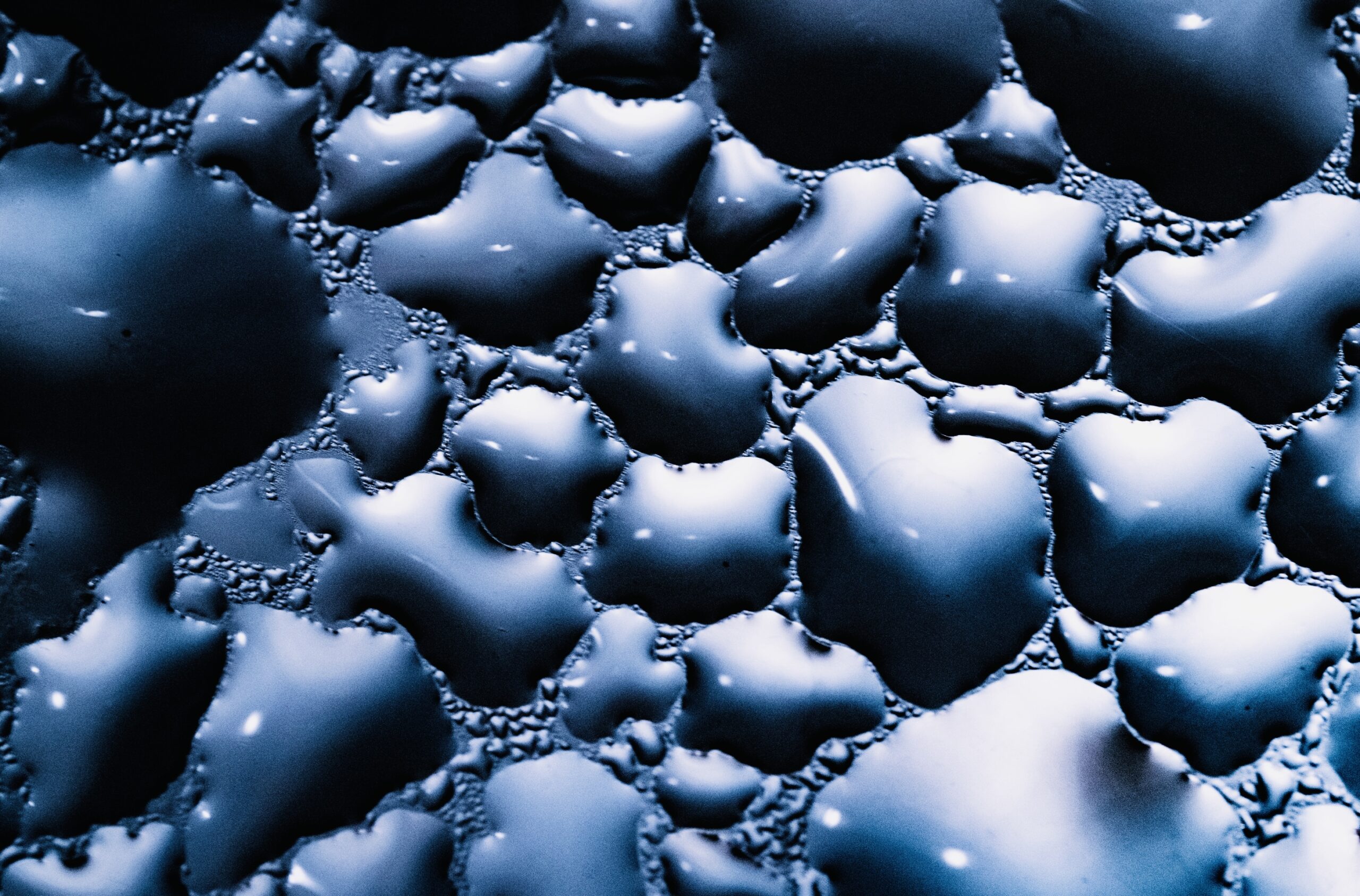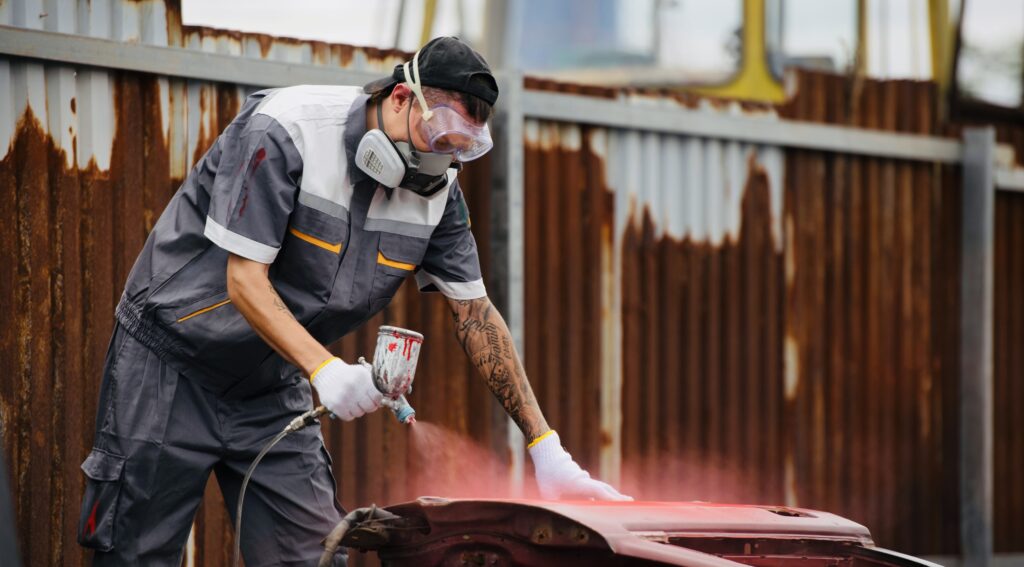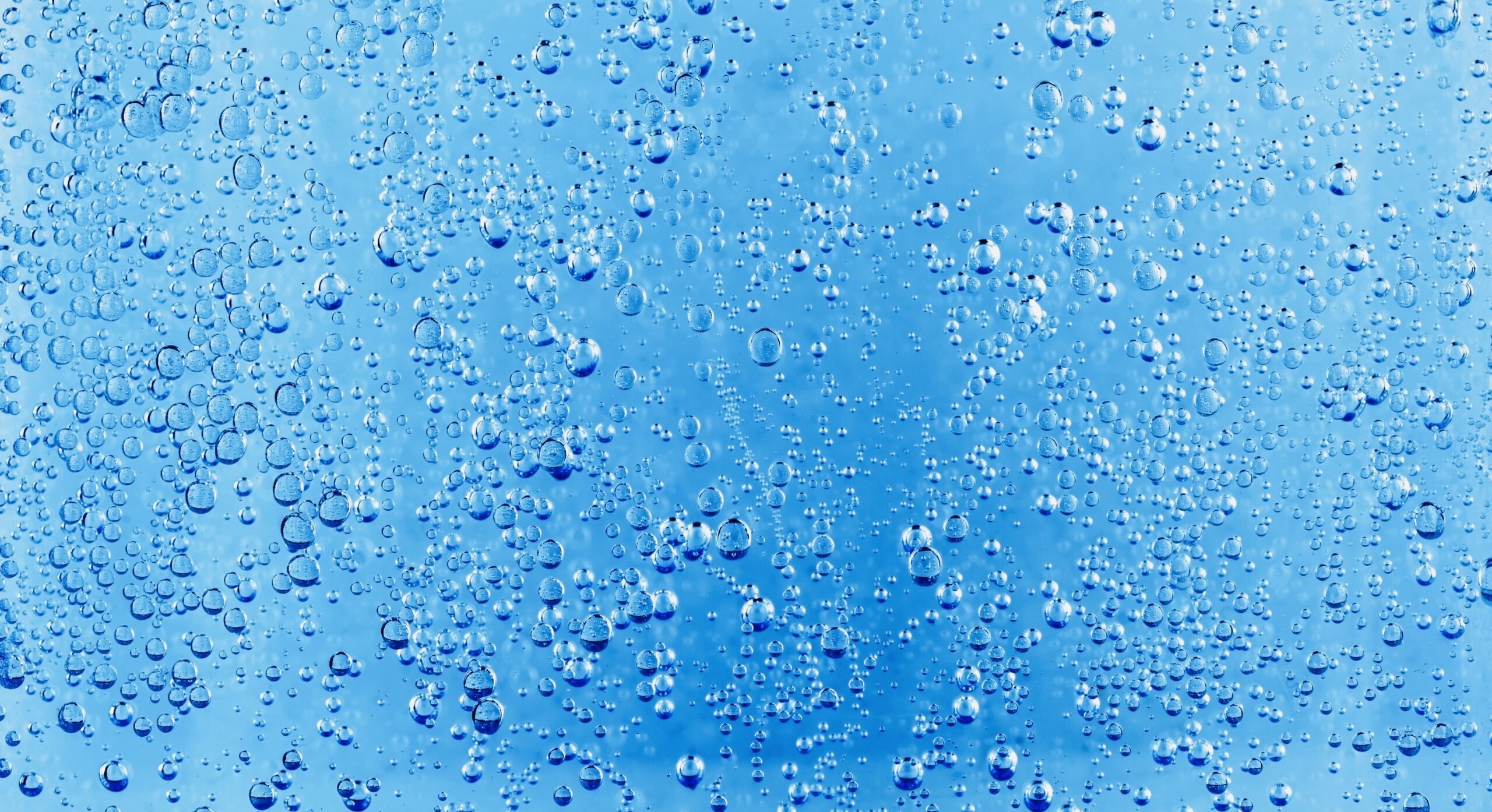How to fix spray paint bubbles on metal: A Step-by-Step Guide
Imagine you’ve just been given a metal surface paint with a fresh coat of spray paint. And, suddenly, you notice bubbles ruining the finish. And you have no idea about How To Fix Spray Paint Bubbles On Metal. No worries!

In this comprehensive guide, we unveil the secrets to banishing those pesky bubbles and achieving a flawless paint job on metal surfaces.
Step-by-Step Guide: How to fix spray paint bubbles on metal
Seat comfortably. We will take you through each step, share expert tips, and address common questions to ensure your next project is a masterpiece. You will get to know How To Fix Spray Paint Bubbles On Metal.
Assess the Damage
- Examine the bubbled area and determine the extent of the damage.
- Identify any loose or blistered paint that needs removal.
Prepare Your Workspace
- Work in a well-ventilated area to ensure proper drying.
- Lay down protective sheets to prevent paint splatters.
Remove Bubbled Paint
- Gently sand the affected area using fine-grit sandpaper.
- Use a paint scraper to eliminate any loose or blistered paint.
Clean the Surface
- Wipe the metal surface with a clean, damp cloth to remove dust and debris.
- Allow the surface to dry completely before proceeding.
Apply Primer
- Coat the prepared surface with a thin, even layer of Primer.
- Follow the primer manufacturer’s instructions for drying time.
Choose the Right Spray Paint
- Select a high-quality spray paint that matches the original color.
- Shake the can thoroughly before application to ensure a smooth finish.
Apply Thin, Even Coats
- Maintain a distance of 8-12 inches between the spray can and the surface.
- Apply multiple thin coats, allowing each layer to dry before adding the next.
Prevent Future Bubbles
- Clean the metal thoroughly before painting to remove any contaminants.
- Go for painting on days with low humidity and moderate temperatures.
Expert Tips for a Flawless Finish
Smooth Sanding: Ensure the sanded surface is smooth, creating an ideal base for paint adhesion.
Patience Pays Off: Allow each layer of paint, including Primer, to dry thoroughly before adding the next.
Weather Matters: Avoid extreme weather conditions, such as high humidity or direct sunlight, to prevent drying issues.
Taking Your Project to the Next Level
Weather-Proofing Techniques
- Explore weather-resistant spray paints for outdoor projects.
- Consider using sealants to enhance durability, protecting your work from the elements.
Artistic Stenciling
- Elevate your project with stencils for intricate designs.
- Secure the stencil firmly and apply paint in a controlled manner for professional results.
Reviving Rusty Surfaces
- Mark the rust spots before painting by using rust converters.
- Follow up with a primer designed to inhibit rust for a lasting finish.
Pro Tips for Larger Projects
Sectional Painting Strategies: Break down extensive projects into manageable sections. Ensure uniformity by maintaining consistency in painting techniques across all sections.
Knowledge of Using Spray Patterns: Experiment with different spray patterns to achieve varied textures. Practice on a scrap surface to master control before tackling your main project.
Preserving Your Masterpiece
Protective Coating Options: Enhance the longevity of your painted metal surface with protective coatings. Consider UV-resistant coatings for outdoor projects exposed to sunlight.
Routine Maintenance Tips: Try to maintain a routine maintenance schedule to keep your painted surfaces in top condition. Clean gently with mild soap and water, avoiding abrasive materials that could damage the finish.
Eco-Friendly Paint Options: Explore environmentally friendly spray paint options with low volatile organic compounds (VOCs). Contribute to sustainability by choosing products with Eco-conscious formulations.
Proper Paint Disposal
- Dispose of leftover paint responsibly by following local regulations.
- Check for recycling programs or hazardous waste disposal centers in your area.
Advanced Techniques for Unique Finishes
- Achieve a vintage or distressed look by experimenting with techniques like sanding and layering.
- Use contrasting colors for a weathered appearance on metal surfaces.
Creating Texture with Additives
- Introduce texture to your project by incorporating additives into the paint.
- Experiment with sand, granules, or texture sprays for a custom finish.
The Finishing Touch
Post-Painting Inspection:
- Conduct a thorough inspection after the final coat has dried.
- Try to mark any imperfections promptly for a polished result.
FAQ – Your In-Depth Guide to Spray Paint Mastery
Q: Why do bubbles appear in spray paint?
A: Bubbles can result from poor surface preparation, environmental factors, or incorrect application techniques.
Q: Can I fix bubbles without redoing the entire surface?
A: Yes, you can fix bubbles by removing the affected area, applying Primer, and re-spraying with paint.
Q: How do I prevent bubbles in the future?
A: Ensure thorough surface cleaning, choose ideal weather conditions, and apply paint in thin, even coats.
Q: What if my spray paint is not absorbing well to the metal surface?
A: If absorbing is an issue, consider using adhesion promoters or bonding primers before applying the paint.
Q: Are there specific techniques for achieving a distressed or vintage look on metal surfaces?
A: Yes, experiment with sanding, layering, and using contrasting colors to achieve a distressed or vintage appearance.
Q: Can I spray paint outdoor metal surfaces, and how do I ensure the longevity of the finish?
A: Absolutely! Use weather-resistant spray paints, and consider adding a clear coat for extra protection against the elements.
Q: How do I deal with intricate designs or patterns on metal surfaces?
A: Employ stencils and take your time to ensure precise application, combining patience and creativity for detailed results.
Q: Is it possible to create a textured finish on metal using spray paint?
A: Yes, introduce texture by experimenting with additives like sand, granules, or texture sprays for a customized finish.
Q: What steps should I follow when fixing deep scratches or dings in the metal before painting?
A: Fill deep imperfections with epoxy or metal filler, sand meticulously, and integrate repairs seamlessly into the overall finish.
Q: Can I use glow-in-the-dark spray paint on metal, and how does it work?
A: Yes, you can use glow-in-the-dark spray paint for a unique effect. The paint absorbs light and glows in the dark, creating captivating accents.
Q: How do I navigate color combinations effectively for a harmonious design?
A: Delve into color theory, exploring contrasting or complementary color combinations strategically for visual interest.
Q: What’s the best approach for organizing group DIY workshops within my community?
A: Coordinate with local venues, promote through social media, and structure workshops with clear instructions and collaborative projects.
Q: Are there online platforms offering courses to enhance my metal painting skills?
A: Yes, explore online courses on platforms like YouTube and specialized learning websites for continuous skill development.
Q: How can I contribute to public art initiatives within my community through metal painting?
A: Collaborate with local artists and organizations, propose ideas for art installations, and actively participate in public art projects.
Q: What are some environmentally friendly spray paint options with low VOCs?
A: Look for Eco-conscious spray paints with low volatile organic compounds (VOCs) for a more environmentally friendly choice.
Q: How do I dispose of leftover spray paint responsibly?
A: Follow local regulations for paint disposal, check for recycling programs, or utilize hazardous waste disposal centers in your area.
Final Touch
Congratulations! By expanding your knowledge about How To Fix Spray Paint Bubbles On Metal, you’ve entered the realm of true metal painting artistry.
Remember, every project is an opportunity to learn and refine your skills. Embrace creativity, share your experiences, and enjoy the journey of transforming ordinary surfaces into extraordinary works of art.
Happy painting!


